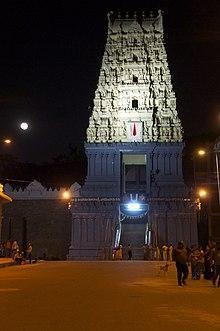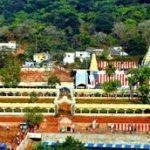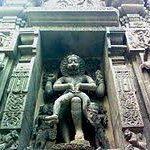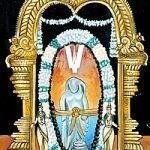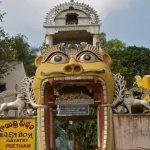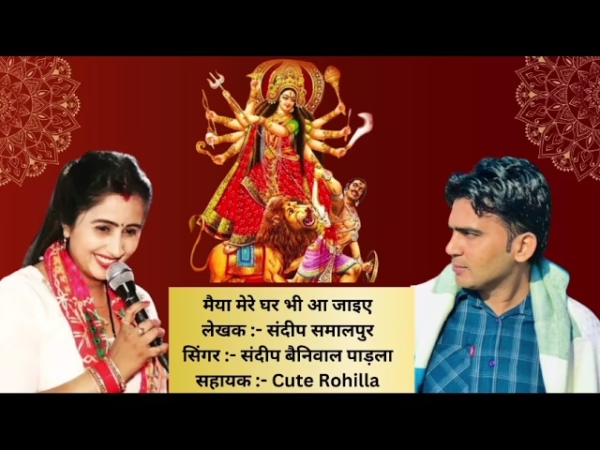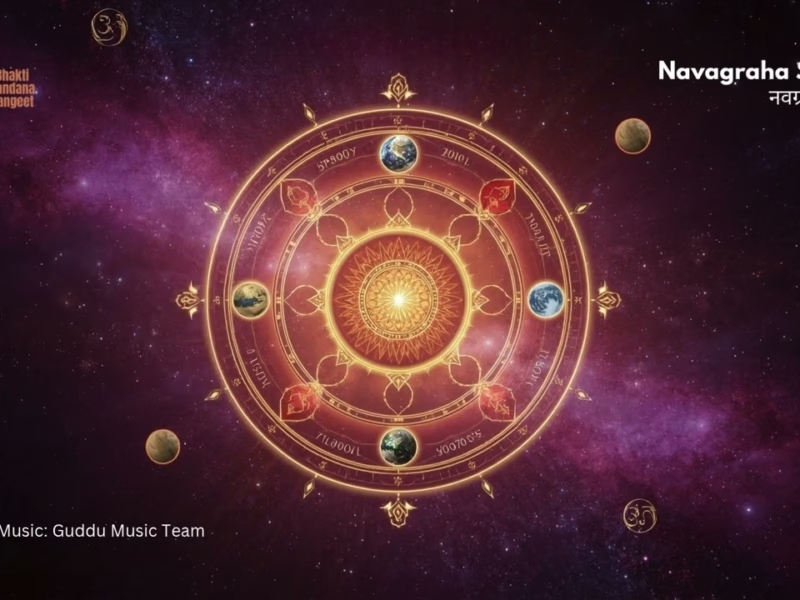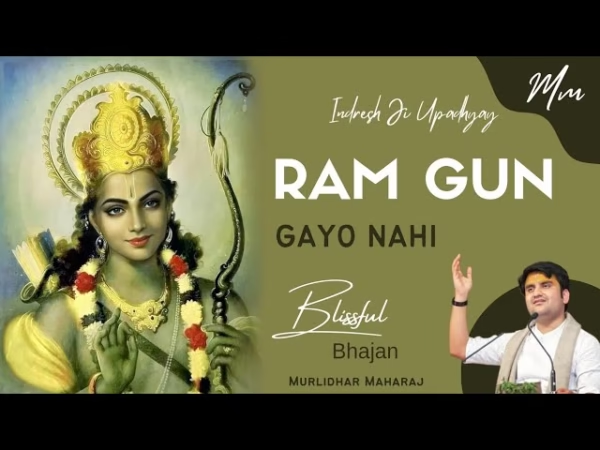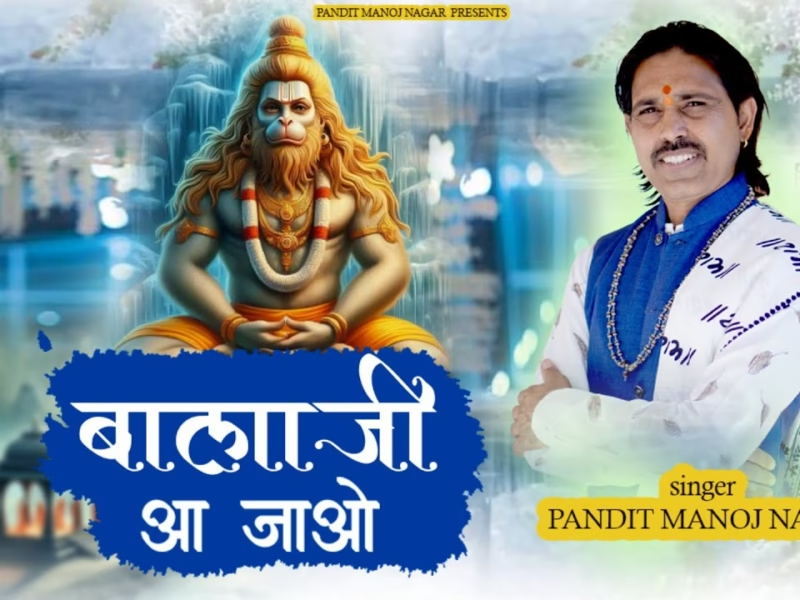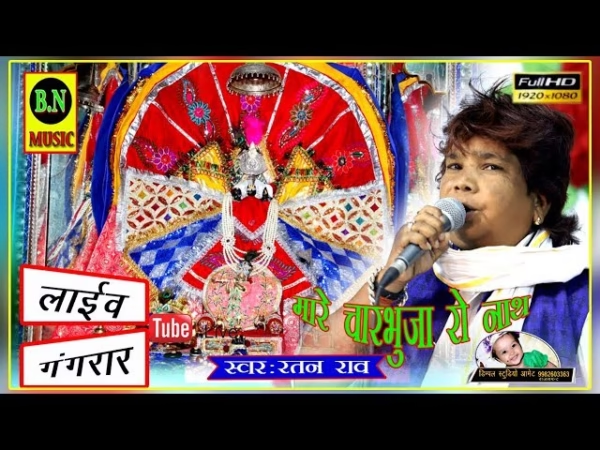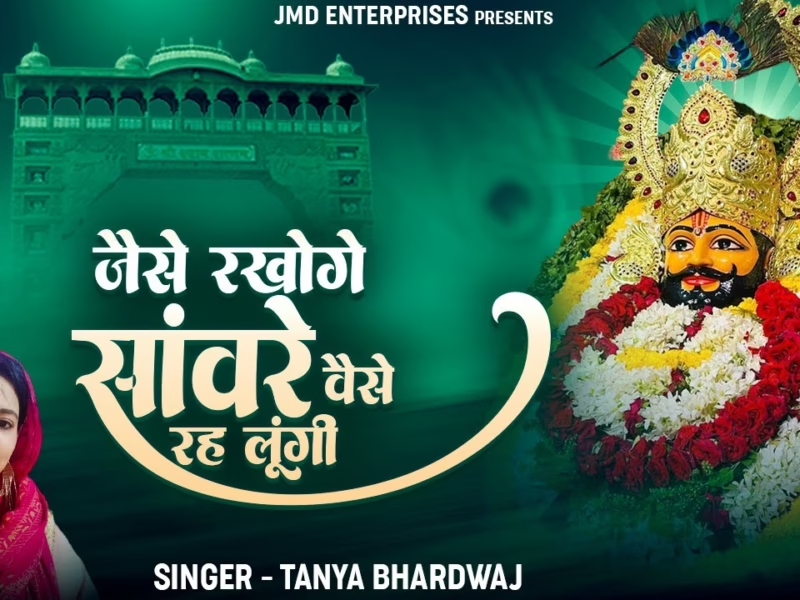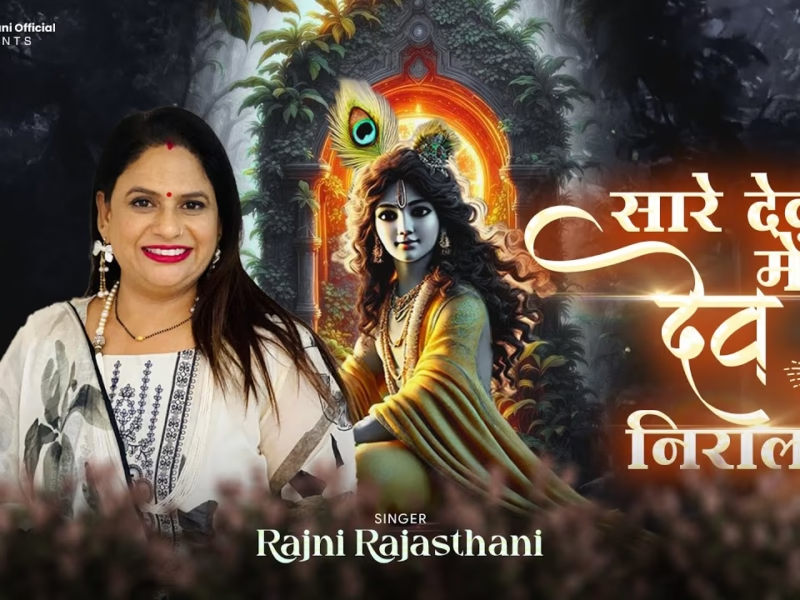Varaha Lakshmi Narasimha temple, Simhachalam, Andhra Pradesh
| Date built: | – |
|---|---|
| Deity: | – |
| Architectural style: | Dravidian architecture, Kalinga architecture |
| Major festivals | Kalyanotsavam; Chandanotsava; Narasimha Jayanthi; Navaratrotsava; Kamadahana |
| Locale: | Simhachalam, Visakhapatnam |
| District | Visakhapatnam |
| Address: | Simhachalam Rd, Simhachalam, Visakhapatnam, Andhra Pradesh 530028 |
| Phone | – |
The Shri Varaha Lakshmi Narasimha temple, Simhachalam is a Hindu temple situated on the Simhachalam hill, which is 500 metres above the sea level in the north of Visakhapatnam, Andhra Pradesh. It is dedicated to one of the Hindu trinity deitiesVishnu, who is worshipped there as Varaha Narasimha. As per the temple’s legend (which is divided into 32 chapters), Vishnu manifested in this peculiar form, with a boar head, human torso and a lion’s tail, after saving his devotee Prahlada from a murder attempt by the latter’s father Hiranyakashipu. Except on Akshaya Tritiya, the idol of Varaha Narasimha is covered with sandalwood paste throughout the year, which makes it resemble a Shiva Lingam.
Simhachalam is one of the 32 Narasimha temples in Andhra Pradesh which are important pilgrimage centres. It was regarded as an important centre of Vaishnavism in the medieval period along with Srikurmam and others. The temple has been recognised by historians with the help of a 9th-century AD inscription by the Chalukya Chola king Kulottunga I. In the later half of the 13th century, the temple complex underwent radical physical changes during the reign of the Eastern Ganga king Narasimhadeva I. It later received patronage from many royal families, of which Tuluva dynasty of Vijayanagara Empire is a notable one. The temple underwent 40 years of religious inactivity from 1564 AD to 1604 AD. In 1949, the temple came under the purview of the state government and is currently administered by the Simhachalam Devasthanam Board.
Simhachalam temple resembles a fortress from outside with three outer courtyards and five gateways. The architecture is a mixture of the styles of the Kalinga Architecture/Odishan(Orissan), Chalukyas and the Cholas. The temple faces west instead of east, signifying victory. There are two temple tanks: Swami Pushkarini near the temple and Gangadhara at the bottom of the hill. The temple houses a number of sub-shrines and a few mandapams. The religious practices and customs of the temple are formulated by the Vaishnavite philosopher Ramanuja. They are modelled based on the Satvata Samhita, one of the 108 texts of the Pancharatra Agama.
Simhachalam is the second-largest after Tirumala in Andhra Pradesh in terms of income earned. It is believed that the deity is capable of giving progeny to women and fulfilling wishes of devotees. Kalyanotsava and Chandanotsava are the two major festivals celebrated in the temple, followed by Narasimha Jayanti, Navaratrotsava and Kamadahana. The festivals celebrated in Simhachalam have an influence of the Dravida Sampradaya, the customs followed in Tamil Nadu. Apart from those by well known poets, the temple found many literary references and lyrical works dedicated by anonymous writers which are preserved in the Government Oriental Manuscripts Library, Chennai.
Architecture
Legend / Local stories
Photo Gallery
How to Reach:
Contact Details
Official Address
Simhachalam Rd, Simhachalam, Visakhapatnam, Andhra Pradesh 530028

